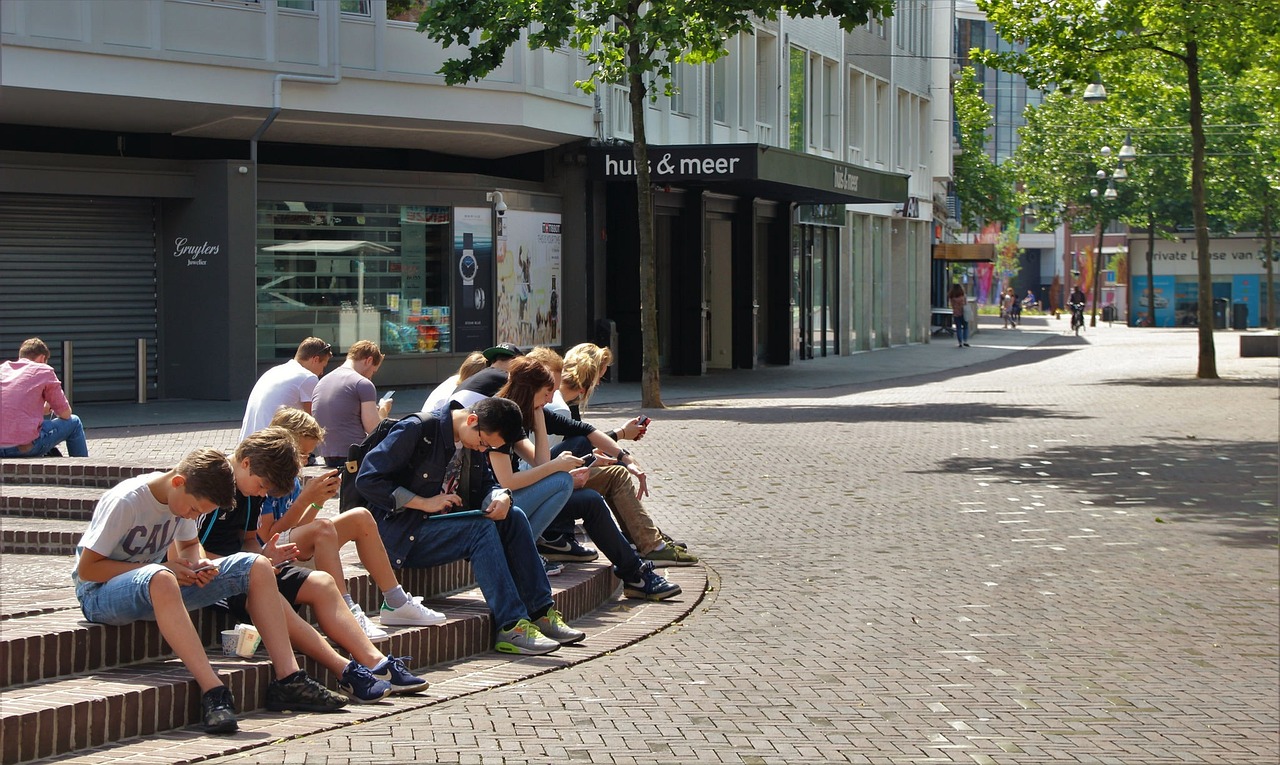How Generation Z is Revolutionizing E-Commerce
Generation Z – born between 1997 and 2012 – is setting new standards in consumer behavior. Digitally native, value-driven, and with clear expectations about shopping experiences, they are reshaping retail as we know it. For both brick-and-mortar stores and e-commerce platforms, this means adapting quickly to remain relevant and tapping into the rising purchasing power of this young demographic. This article highlights the key trends driven by Gen Z and shows how businesses can strategically position themselves for the future.
Digital-First: Mobile Shopping as the New Standard
Gen Z is the first true “mobile-first” generation. Most shop online weekly, and a significant share do so via mobile apps. Social platforms like TikTok and Instagram are increasingly being used as direct shopping channels. At the same time, Gen Z expects ultra-fast delivery, smooth checkout, and convenient payment options.
Action Point
Optimize your store for mobile shopping, offer lightning-fast delivery options, and explore voice commerce to connect with Gen Z directly.

Sustainability: Not a Trend, but an Expectation
Sustainability is non-negotiable for Gen Z. Second-hand purchases, circular economy models, and eco-friendly materials strongly influence buying decisions. Brands that rely on greenwashing quickly lose credibility with this generation.
Action Point
Focus on transparency in your supply chain, adopt sustainable materials, and communicate your values openly and authentically.
Hyper-Personalization Powered by AI
Personalized experiences are a baseline expectation. AI tools enable individualized product recommendations, dynamic pricing, and hyper-targeted marketing campaigns that resonate with Gen Z consumers in real time.
Action Point
Use AI-driven personalization to create tailored shopping journeys and strengthen customer loyalty.
Social Commerce & Influencer Impact
Gen Z trusts influencers and peer recommendations more than traditional advertising. Platforms like TikTok, Instagram, and YouTube are key drivers of product discovery and sales. Shoppable content and AR try-ons further boost engagement and conversions.
Action Point
Leverage influencer collaborations, shoppable content, and immersive AR experiences to win Gen Z consumers.
Voice and Augmented Reality Commerce
Voice assistants and AR are changing how young shoppers search for, experience, and buy products. Virtual try-ons and voice-enabled purchasing are no longer futuristic—they’re becoming the norm.
Action Point
Invest in voice shopping features and AR product visualizations, especially in industries like fashion, beauty, and home décor.
Flexible Payment Models: Buy Now, Pay Later
Buy Now, Pay Later (BNPL) options have rapidly become Gen Z’s preferred payment method. They value the flexibility of receiving products immediately while paying later in installments. Providers like Klarna and Afterpay are especially popular in this demographic.
Action Point
Offer BNPL options and communicate them clearly—this can give you a decisive edge over competitors.
Omnichannel Experiences: Blending Online and Offline
Gen Z seeks seamless experiences that combine digital and physical shopping. Click & Collect, in-store QR codes, and hybrid campaigns are becoming the gold standard for this generation. Retailers that deliver consistency across all touchpoints strengthen long-term loyalty.
Action Point
Integrate your online and offline channels—through Click & Collect, scan-based shopping, and omnichannel marketing strategies.
Conclusion: Invest in Gen Z – Now and for the Future
The purchasing power of Gen Z is growing rapidly and will profoundly impact markets and business models in the years to come. Success will depend on three key pillars:
-
Digital-first mindset: mobile, agile, always connected.
-
Value orientation: sustainability and transparency are must-haves.
-
Technology adoption: AI, voice commerce, AR, and social shopping are essential tools.
Brands that align with these principles will not only stay relevant but actively shape the future of retail—and secure long-term success with this defining consumer generation.